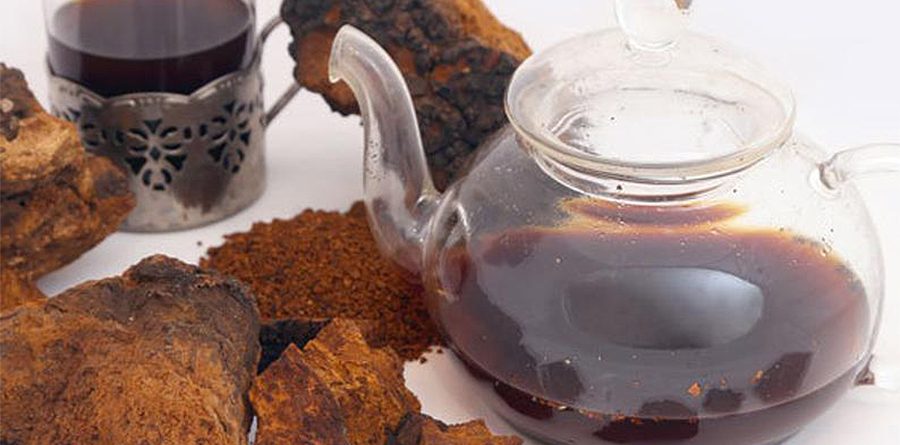Chaga and antibiotics, contraindications and side effects for chaga

In general, we can assume that the use of chaga is safe for humans, this was proved by official research back in the mid-1950s, when the official discovery of its medicinal properties took place. In 1959, the well-known medical researcher of chaga A.V. Lazovskaya in her work “Chaga and its therapeutic use in stage IV cancer” published the results of clinical safety trials chagi.

The toxicity of chaga was tested on four types of animals (dogs, cats, rabbits, mice), which were given doses exceeding the normal five times. No toxicity was detected. The complete safety of chaga already with its therapeutic use was confirmed as a result of long-term observations of groups of patients with cancer, gastric ulcer, gastritis and other diseases. These observations, for example, were summarized in the works of E. Y. Martynova and P. K. Bulatov in 1961 and 1966. Chaga preparations do not have cumulative properties, but the intake of chaga infusion is limited in diseases accompanied by fluid retention in the body.
To date, as a result of more than half a century of official use of chaga in medicine, some new data based on huge statistics have been accumulated. Now it can be argued that chaga has a certain number of side effects and contraindications.
In terms of side effects and contraindications, you can specify the following:
Chaga contains oxalates, which theoretically can cause kidney dysfunction and even damage (2800-11200 mg of total oxalates per 100 g of sclerotium, one of the highest recorded levels of all known living organisms).
In autoimmune diseases such as multiple sclerosis, lupus (systemic lupus erythematosus), rheumatoid arthritis, etc. the use of chaga can lead to unnecessary activation of the immune system.
This, in turn, can increase the symptoms of autoimmune diseases. In this scenario, it is better to avoid using chaga.
Chaga can increase bleeding, its substances (peptides) break up platelet aggregations. Therefore, do not drink chaga if you have a blood clotting disorder (and, conversely, drink as a sports nutrition if there are no blood clotting disorders).
In diabetes, under the influence of chaga preparations, it was noticed that the mushroom reduces blood sugar levels, that is, it has a hypoglycemic effect. For example, for a decoction in a dilution of 1:5, it was shown that the maximum decrease in serum glucose levels was observed 1.5-3 hours after ingestion of the decoction. At the same time, the sugar level decreases by 15.8—29.9%. If you are diabetic and take chaga, watch for signs of hypoglycemia and carefully and regularly monitor your sugar level. You should be prepared for the fact that if you are not going to give up chaga for diabetes, you may need to adjust the dose of antidiabetic medications by your doctor.
With surgical interventions, including organ and tissue transplantation, chaga can lower blood sugar levels or increase the risk of bleeding during and after the operation itself. Therefore, surgeons recommend stopping the use of chaga at least 2 weeks before the scheduled operation.
According to some observations, chaga with prolonged use can cause digestive disorders and increase the excitability of the autonomic nervous system. These phenomena gradually disappear when the dose is reduced or the drug is discontinued. If you are mentally labile, treat the reception of chaga with a certain caution.
Contraindications to the use of chaga are chronic colitis and chronic dysentery.
As a warning, a possible individual allergic reaction is sometimes indicated, but this works for everything in general.
To date, no side effects have been identified for pregnancy and breastfeeding. Once again: chaga is completely safe for pregnant women.
In terms of interaction with other drugs, there are no official data on chaga. Meanwhile, I note that periodically in popular literature and on the Internet, information slips that chaga cannot be consumed simultaneously with antibiotics of the penicillin group, which are allegedly antagonists of some substances of the chaga. At the same time, the negative impact is not manifested in harmful effects for the body, but simply in neutralizing the beneficial effect of chaga. I have not found such information among scientific articles.
Conclusion: chaga can be safely taken together with taking any antibiotics. By the way, it is also believed that there is no point in taking chaga with intravenous glucose, since the latter allegedly also reduces the medicinal effect of chaga to zero. I didn’t find any official data either. But here at least we can assume that in fact everything is the opposite: this is just chaga with its tendency to hypoglycemic effect can make intravenous glucose administration meaningless.
When using chaga during a diet, everyone recommends the same thing, and it boils down to standard recommendations for any strong and medium diets: exclude spicy-fatty-salty, reduce sweet, remove meat and smoked meats, do not drink, do not smoke — that is, nothing specific in terms of chaga.
